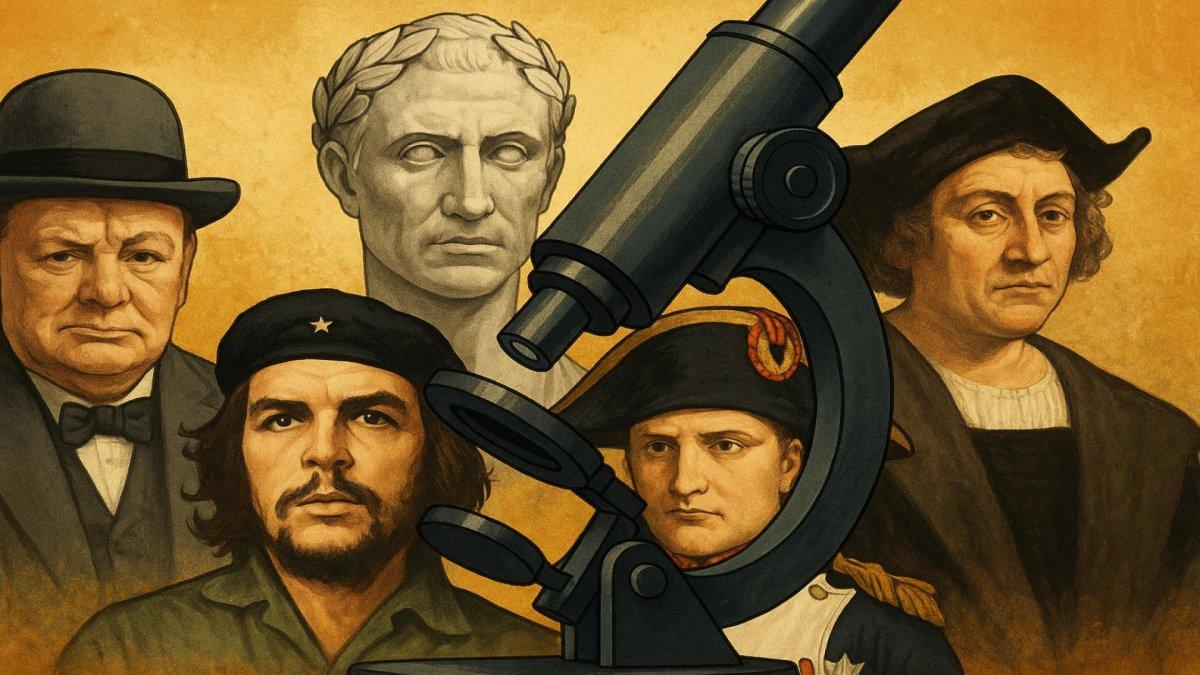2. Genghis Khan

Genghis Khan is often remembered for his ruthless conquests, yet his impact on world history is multifaceted. Under his leadership, the Mongol Empire expanded to become one of the largest in history, stretching across Asia and into Europe. While his military campaigns were marked by ferocity and brutality, they also facilitated unprecedented levels of trade and cultural exchange along the Silk Road. This connectivity helped to spread knowledge, technology, and ideas across continents. Thus, Genghis Khan’s legacy is a complex blend of fearsome warfare and significant contributions to global interconnectedness.











